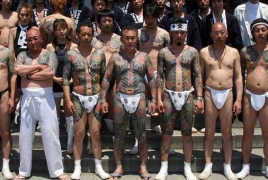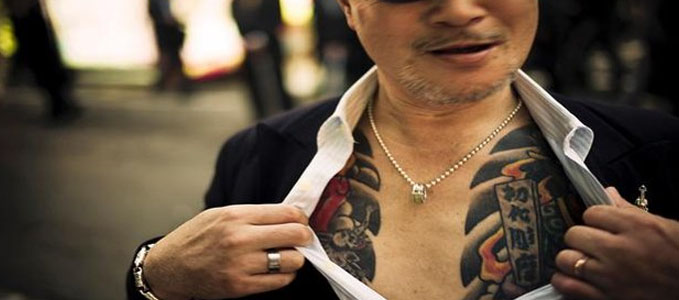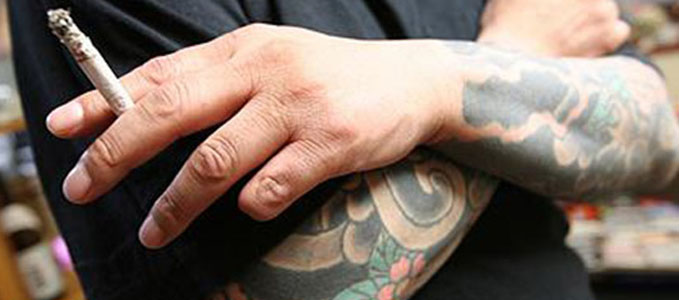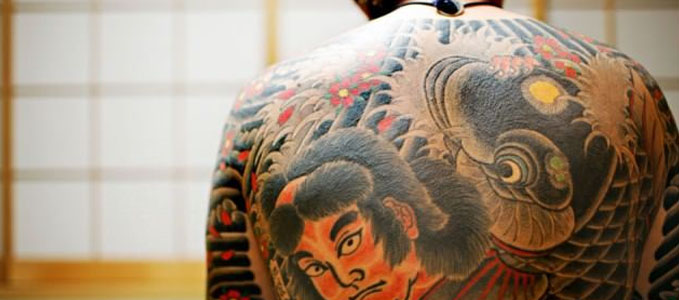
The word "Yakuza" originally referred to a person who was a gang member, but today it also refers to Japanese organized crime as a whole.
The various gangs that make up the Yakuza have different origins, and the gangs' versions of these origins can be quite different from the historical record. In their own vision of themselves, Yakuza descend from honorable, Robin-Hood-like characters who defended their villages from roving bandits. Some even claim to trace the Yakuza's lineage to Ronin, samurai warriors who found themselves without masters following a period of political upheaval in 17th-century Japan.
Others claim that Yakuza instead originated with the kabuki-mono, "the crazy ones." These were wildly-dressed hoodlums who carried very long swords, intimidated entire villages and sometimes executed civilians for no particular reason.

The truth is said to be a blend of the two stories. Left without a military hierarchy to give their lives focus, many samurai turned to crime. Others moved into merchant trades or shadier businesses such as gambling houses and brothels. These criminals, master-less warriors and newcomers to the Japanese market system had one thing in common: they were all outsiders.
The largest branch of the Yakuza, the Yamaguchi-gumi, has 39,000 gang members and accounts for almost 50% of all of Japan’s gangsters. In 2013, it distributed a newsletter to its members. Named Yamaguchi-gumi Shinpo, the magazine included haikus and articles on angling. An editorial from the gang’s leader talked about difficult times for the organization. Yakuza numbers have been falling, and the magazine was seen as a way to boost morale.

The Yakuza members have extremely close ties with high level politicians and are intertwined with everyday business in Japan. They have official corporate headquarters and business cards, and members walk around fearlessly in tinted luxury vehicles, distinctive tattoos, flashy suits, and with missing fingers, which are a result of acts of penance (yubitsume), where a member who has failed in some way cuts off parts to show his regret for failure.
In 2009, the Yamaguchi-gumi created a 12-page exam for its members. The move came after the government passed harsher laws against organized crime. The test was the group’s attempt to keep its members from getting into trouble by making sure they were clued up on the law. It covered topics from dumping industrial waste to vehicle theft.
The syndicate practices Sokaiya, a form of large-scale bribery. First, they buy shares in a company, just enough to get them a place at a shareholders meeting. Then they dig up as much dirt as they can on the company leadership. After that, it’s a case of “give us money, or we’ll come to the meeting and embarrass you.” The Japanese fear shame above much else, so this tactic usually works.

Although being associated with a wide range of illegal and violent activities, the Yakuza also perform humanitarian work and generally aim to avoid civilian casualties, what allows them to continue to operate relatively openly within Japanese society. When the tsunami hit in 2011, the yakuza were among the first to head to the affected areas with aid. This is not without precedent - in 1995 when an earthquake hit Kobe, Japan’s fifth-largest city, the yakuza used scooters, boats, and a helicopter to deliver supplies around the clogged streets.

